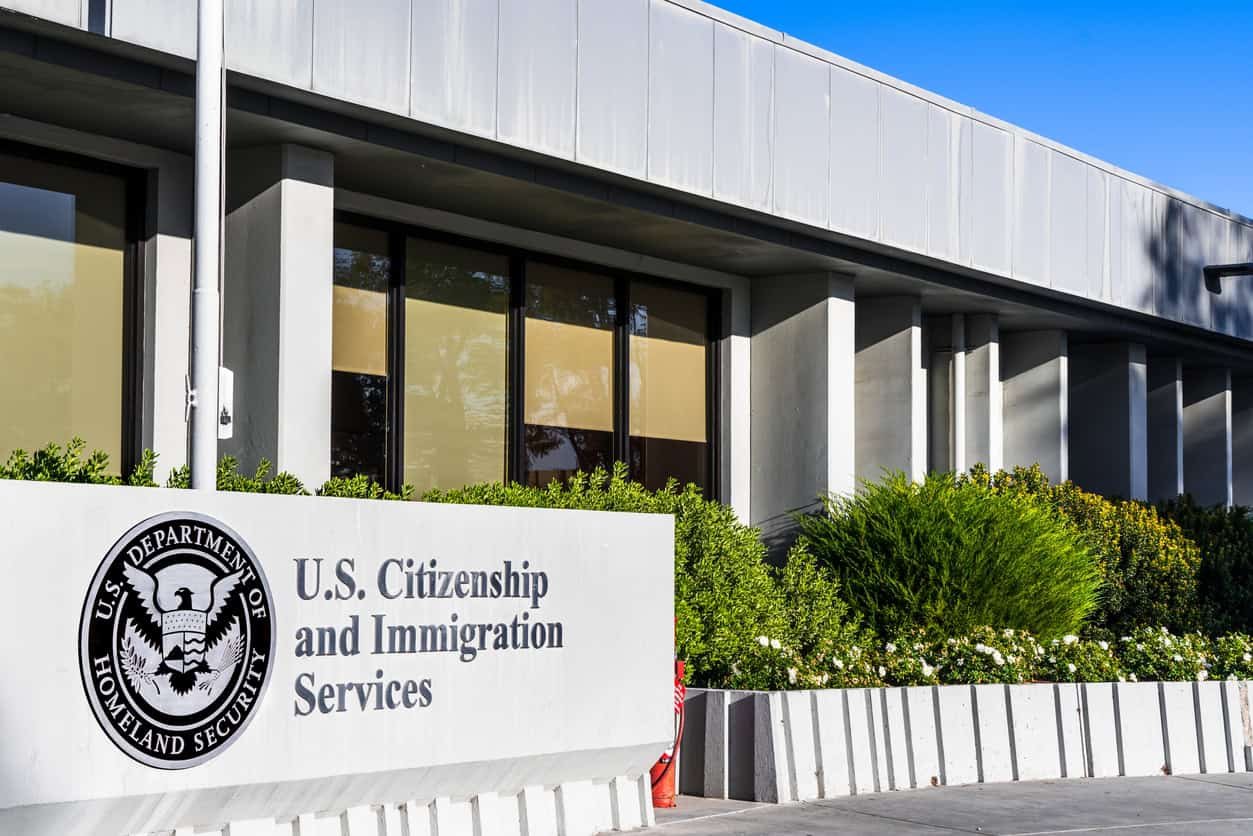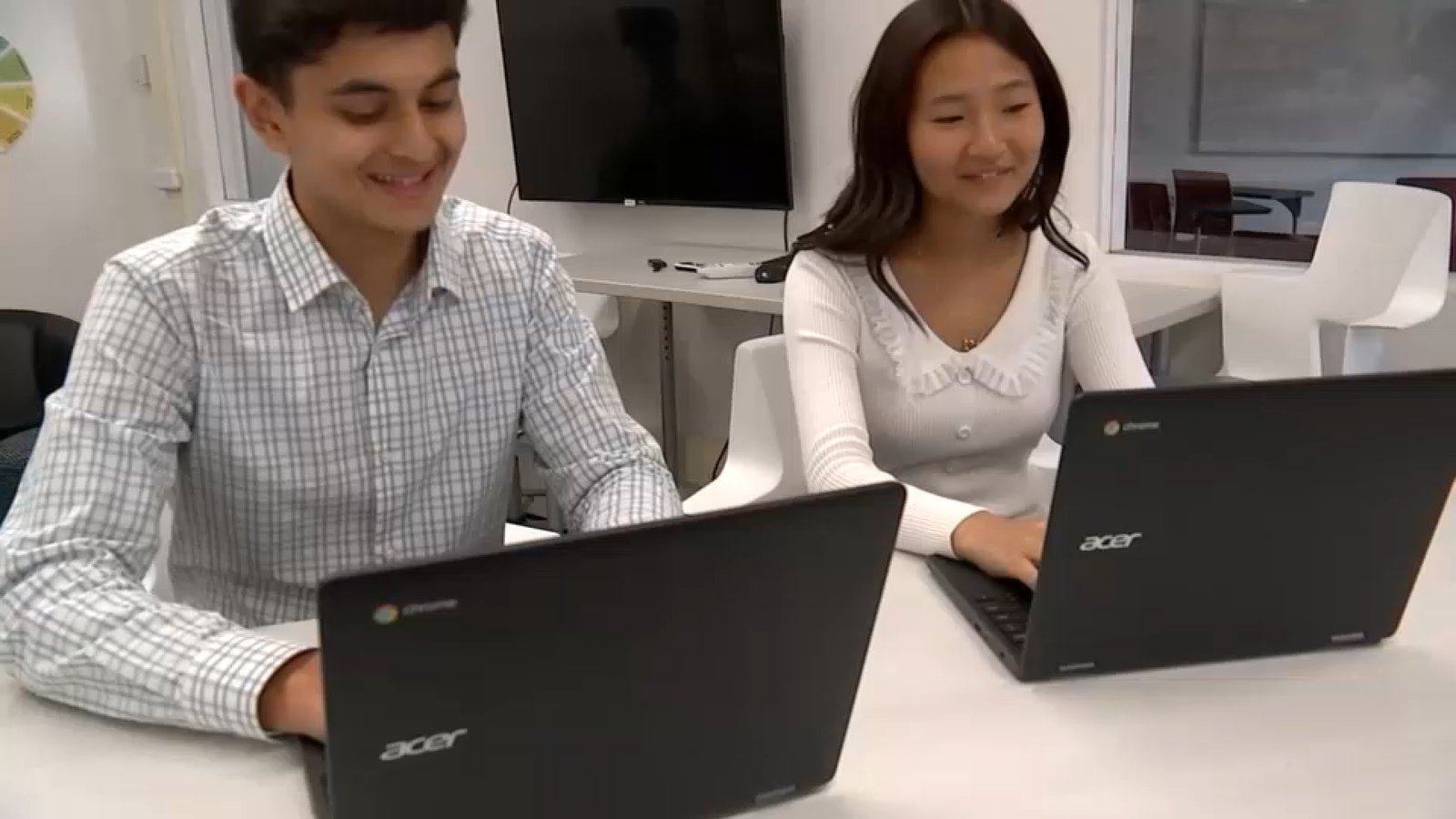Education
US student visa time limits approach final approval

The new rule, submitted by the Department of Homeland Security on June 27, proposes “establishing a fixed time period” for F-1 student and J-1 exchange visitor visas, potentially requiring students to renew their visas before the completion of their studies.
If finalised, the rule would replace the current ‘duration of status’ system, which allows student visa holders to remain in the US as long as they are pursuing a course of study and meeting their visa requirements.
A review of the plans was completed by the Office of Management and Budget (OMB) on August 7, and they are now being prepared for a period of public comment.
The OMB notice said that the review was completed “consistent with change,” but does not extrapolate on what the change was. DHS will now publish the second proposed rule in the Federal Register, opening it up to public comment. DHS did not immediately respond to The PIE News’s request for further details.
Following this period, the plans will be submitted for a second OMB review before they are finalised and set in action.
The plans share the same title as Trump’s 2020 proposal, which was later withdrawn under Biden, with experts predicting the new rule to closely follow the previous version.
Under the 2020 proposals, student visas would be limited to a fixed period of two or four years – depending on their country of origin – with students wishing to be in the US for any longer having to apply for an extension.
“Studies show that the average time to complete a degree – whether for domestic or international students – exceeds four years, meaning that the majority of students (and probably every doctorate student) would need to file an extension of status in order to complete their studies,” Aaron Blumberg, partner at Fragomen Immigration lawyers told The PIE.
For a 20-year-old studying in a foreign country, navigating such a process can be daunting
Aaron Blumberg, Fragomen
What’s more, those who do graduate within four years would have to file for an extension of status to participate in Optional Practical Training (OPT) in addition to applying for the work permit itself.
Not only can the process be burdensome, but it also involves additional government and legal fees, as well as introducing the risk of administrative errors, explained Blumberg.
“For a 20-year-old studying in a foreign country, navigating such a process can be daunting,” he said.
Stakeholders have raised concerns that the changes could place USCIS officers under significant strain and cause longer processing times, with 2020 estimates of an annual 300,000 additional extension applications caused by the new policy.
The news is the latest in a string of policies impacting US student visas, causing international student interest in the US to drop to its lowest level since mid-pandemic.
Analysis of SEVIS and State Department data has highlighted a potential 30-40% decline in new international student enrolment this fall as the impact of the travel ban, changes to the validity period of nonimmigrant visas for 26 countries, and the state department’s near month-long visa interview suspension take hold on visa issuance.
Education
Trump admin illegally froze Harvard funds, Judge says : NPR

Students walk up the steps of the Harry Elkins Widener Memorial Library on the campus of Harvard University.
Elissa Nadworny/NPR
hide caption
toggle caption
Elissa Nadworny/NPR
A federal judge in Boston handed Harvard University a legal victory on Wednesday. It’s the latest in a high-profile legal fight over whether the Trump administration acted illegally when it froze more than $2.2 billion in Harvard research funding in response to allegations of campus antisemitism.
In her ruling, Judge Allison D. Burroughs said the administration’s funding freeze was issued without considering any of the steps Harvard had already taken to address the issue.
Burroughs said she found it “difficult to conclude anything other than that [the Trump administration] used antisemitism as a smokescreen for a targeted, ideologically-motivated assault on this country’s premier universities, and did so in a way that runs afoul of [federal law].”
White House spokesperson Liz Huston said after the ruling: “We will immediately move to appeal this egregious decision, and we are confident we will ultimately prevail in our efforts to hold Harvard accountable.”
The more than $2 billion in federal funding that the administration had frozen supported more than 900 research projects at Harvard and its affiliates. That includes research into the treatment and/or prevention of Alzheimer’s, various cancers, heart disease, Lou Gehrig’s disease and autism. Burroughs also highlighted a program through the Department of Veterans Affairs “to help V.A. emergency room physicians decide whether suicidal veterans should be hospitalized.”
The case has been the subject of intense focus as Harvard has stood largely alone in pushing back against the Trump administration’s efforts to use funding cuts as leverage to win vast ideological and financial concessions from other elite institutions, including Columbia and Brown University.
In a July hearing, a lawyer for the Trump administration said Harvard’s funding had been frozen because the school had violated Title VI of the Civil Rights Act, which prohibits discrimination based on race, color and national origin, by failing to address antisemitism on campus.
But Burroughs ruled that it was the administration that had run afoul of Title VI by quickly freezing funding without first following a process clearly laid out in law.
Harvard’s attorneys had argued that the cuts imposed by the Trump Administration threatened vital research in medicine, science and technology.
Burroughs wrote in her decision that, “research that has been frozen could save lives, money, or the environment, to name a few. And the research was frozen without any sort of investigation into whether particular labs were engaging in antisemitic behavior, were employing Jews, were run by Jewish scientists, or were investigating issues or diseases particularly pertinent to Jews (such as, for example, Tay-Sachs disease), meaning that the funding freezes could and likely will harm the very people Defendants professed to be protecting.”
Burroughs underlined that antisemitism is intolerable, and criticized Harvard, saying it “has been plagued by antisemitism in recent years and could (and should) have done a better job of dealing with the issue.” But, the judge concluded, “there is, in reality, little connection between the research affected by the grant terminations and antisemitism.”
President Trump has previously been outspoken in his criticism of Burroughs, writing on Truth Social earlier this year that she is a “Trump-hating Judge,” and “a TOTAL DISASTER.”
Following Wednesday’s ruling, White House spokesperson Liz Huston again criticized Burroughs and said “It is clear that Harvard University failed to protect their students from harassment and allowed discrimination to plague their campus for years. Harvard does not have a constitutional right to taxpayer dollars and remains ineligible for grants in the future.”
“This ruling is huge. It is a big, decisive victory for academic freedom,” said Harvard history professor Kirsten Weld, who is also president of the Harvard chapter of the American Association of University Professors, which was a plaintiff in the lawsuit.
Even though the White House plans to appeal, Weld says she hopes this ruling sends the message “that you cannot break universities in this fashion and that it is worth standing up and fighting back.”
Education
Google Advances AI Image Generation with Multi-Modal Capabilities — Campus Technology
Google Advances AI Image Generation with Multi-Modal Capabilities
Google has introduced Gemini 2.5 Flash Image, marking a significant advancement in artificial intelligence systems that can understand and manipulate visual content through natural language processing.
The AI model represents progress in multi-modal machine learning, combining text comprehension with image generation and editing capabilities. Unlike previous systems focused primarily on creating images from text descriptions, Gemini 2.5 Flash Image can analyze existing images and perform precise modifications based on conversational instructions.
Technical improvements include enhanced character consistency across multiple image generations, a persistent challenge in AI image synthesis. The system can maintain the appearance of specific subjects while placing them in different environments or contexts, indicating advances in computer vision and generative modeling.
The model leverages Google’s large language model knowledge base, allowing it to incorporate real-world understanding into visual tasks. This integration demonstrates progress toward more sophisticated AI agents capable of reasoning across different data types.
Google implemented safety measures, including automated content filtering and mandatory digital watermarking through its SynthID technology. The watermarking addresses growing concerns about the identification of AI-generated content as synthetic media becomes more prevalent.
The launch intensifies competition in generative AI, where companies including OpenAI, Adobe, and Midjourney are developing similar multimodal capabilities. Industry analysts view image generation as a key battleground for AI companies seeking to expand beyond text-based applications.
Gemini 2.5 Flash Image is priced at $30 per million tokens. For more information, visit the Google site.
About the Author
John K. Waters is the editor in chief of a number of Converge360.com sites, with a focus on high-end development, AI and future tech. He’s been writing about cutting-edge technologies and culture of Silicon Valley for more than two decades, and he’s written more than a dozen books. He also co-scripted the documentary film Silicon Valley: A 100 Year Renaissance, which aired on PBS. He can be reached at [email protected].
Education
AI in schools: Pros and cons of artificial intlligence in education

SYOSSET, New York (WABC) — Days before school returns, hundreds of teachers on Long Island listened and learned.
“We’re excited to be here to share some of the initial work that we were able to do with AI at the time of this pilot,” teacher Tyler Gentilcore said.
Gentilcore was among dozens of educators with the Syosset School District sharing their approach to teaching artificial intelligence in the classroom.
“It feels pretty cool to be on the forefront of something new like this,” he said.
Gentilcore teaches first grade at Robbins Lane Elementary School.
“They’re little so the pilot was really an opportunity for teachers to engage with different AI programs,” he explained.
Programs like Google’s Gemini are now being used by teachers in the classroom, including Syosset High School English teacher Caroline Polatsidis.
“It was just scary because I was worried that students wouldn’t be learning anymore, that they would be letting AI do the work for them, but now I see that we need to harness this great power,” Polatsidis said.
What about cheating? A recent study by the Pew Research Center found that a quarter of teenagers nationwide have used the app ChatGPT for schoolwork.
Most felt it was wrong to use the advanced AI to write essays and solve math problems.
“I actually think people here in this high school use AI to help them with their assignments, but in ways that our teachers actually condone,” NiKhil Shah, Syossett High School senior, said.
“We don’t have any other choice but to do it now. AI is moving at a pace. The world is moving at a pace faster frankly than we can educate our kids,” Syosset Schools Assistant Superintendent David Steinberg said.
It’s not just the teachers who are embracing using AI in the classroom. Many students are too.
“I really started to understand AI in high school as some of my teachers introduced it to me and kind of started to guide us on how to use AI,” Shah explained.
Shah said using AI in school was introduced last year in his Spanish class.
“We would record speaking in Spanish. In order to improve the way we spoke, we would submit it to AI. It would analyze it and show us where we made mistakes, where we could improve,” he said.
Some students are skeptical.
“Personally, I never really was a fan of AI just because of the environmental costs it has,” senior Janice Opal Kang said.
According to the United Nations, the growing number of data centers that house AI servers use massive amounts of electricity, spurring the emission of global warming greenhouse gases.
Back in the classroom, AI is not only transitioning in schools on Long Island. Teachers at St. Benedict’s Prep Catholic School in Newark, New Jersey, are navigating the new world, too.
“It’s really forcing us to reevaluate what it is that we’re teaching and how we’re assessing what kids have learned. It’s really a pretty transformational thing,” teacher Trevor Shaw said.
* Get Eyewitness News Delivered
* Download the abc7NY app for breaking news alerts
Submit a tip or story idea to Eyewitness News
Have a breaking news tip or an idea for a story we should cover? Send it to Eyewitness News using the form below. If attaching a video or photo, terms of use apply.
Copyright © 2025 WABC-TV. All Rights Reserved.
-

 Business5 days ago
Business5 days agoThe Guardian view on Trump and the Fed: independence is no substitute for accountability | Editorial
-
Tools & Platforms3 weeks ago
Building Trust in Military AI Starts with Opening the Black Box – War on the Rocks
-

 Ethics & Policy1 month ago
Ethics & Policy1 month agoSDAIA Supports Saudi Arabia’s Leadership in Shaping Global AI Ethics, Policy, and Research – وكالة الأنباء السعودية
-

 Events & Conferences4 months ago
Events & Conferences4 months agoJourney to 1000 models: Scaling Instagram’s recommendation system
-

 Jobs & Careers2 months ago
Jobs & Careers2 months agoMumbai-based Perplexity Alternative Has 60k+ Users Without Funding
-

 Education2 months ago
Education2 months agoVEX Robotics launches AI-powered classroom robotics system
-

 Funding & Business2 months ago
Funding & Business2 months agoKayak and Expedia race to build AI travel agents that turn social posts into itineraries
-

 Podcasts & Talks2 months ago
Podcasts & Talks2 months agoHappy 4th of July! 🎆 Made with Veo 3 in Gemini
-

 Podcasts & Talks2 months ago
Podcasts & Talks2 months agoOpenAI 🤝 @teamganassi
-

 Education2 months ago
Education2 months agoAERDF highlights the latest PreK-12 discoveries and inventions







